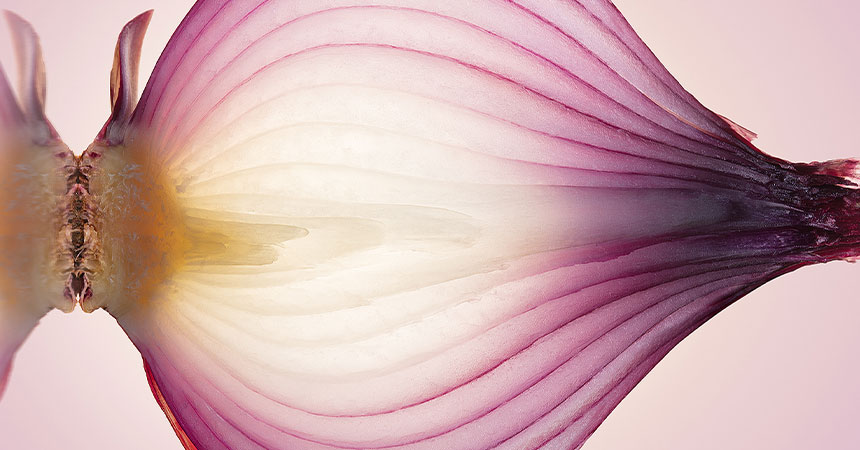
The “big idea”: Where does it come from?
Artistic talent
I qualified with a degree in graphic design – which suggests a certain competence and ability to create visual communication that, well, communicates.
And before the phrase graphic designer was invented I would have been called a commercial artist, which, one might argue, is a better description of my ability, which is to create visual art that communicates within commercial parameters.
Today’s creative industry
Today our profession is populated with not only graphic designers, but also developers, animators, artworkers, filmmakers, copywriters, project managers and so on – the list is extensive.
And our ‘canvas’ has evolved from print to a world of digital including websites, social media and video, all populated with relevant and thought-provoking content.
But the fundamentals really haven’t changed. Great visual communication stems from a single, simple and powerful idea.
Finding the “big idea”
How do we get there? Well the process is about stripping back the layers until we get to the centre, the basics, the kernel… the “big idea”.
The layers are the information that sit alongside the creative brief, the comprehensive research, the client voice, the product information.
It’s the job of the creative team to understand the communication challenge and find the big idea. And during the process of getting there (the creative journey) we should discover everything we need to know.
But, we often have to absorb a tsunami of information from strategists, marketers and researchers, which can confuse and inform in equal part.
We moan about information overload with some justification, but we’d be lost without it because hiding in there, carefully camouflaged, lies the big idea.
And that, in essence, explains the creative process – to take the complex and turn it into something simple.



